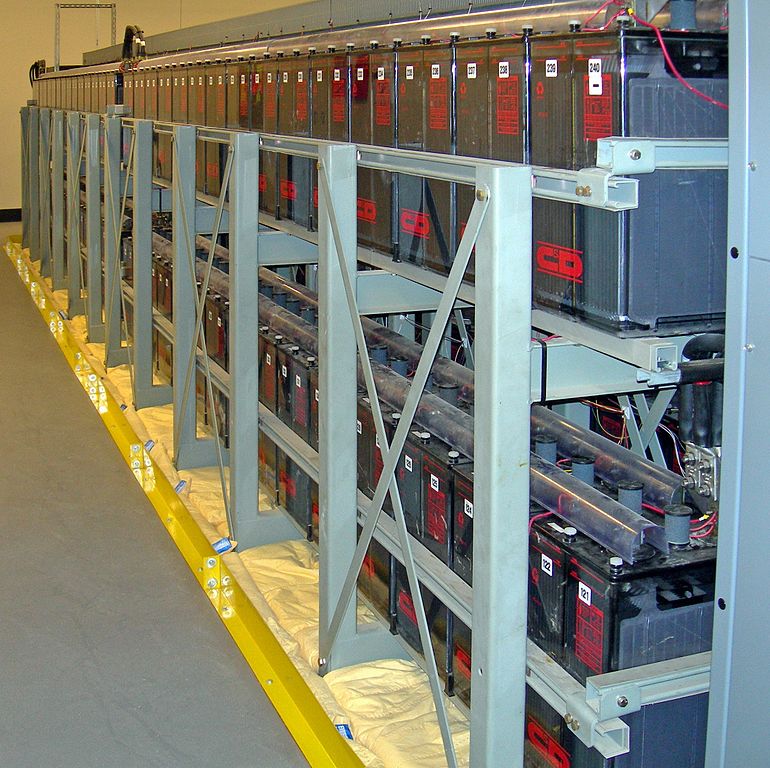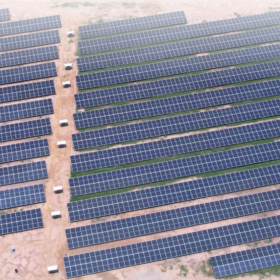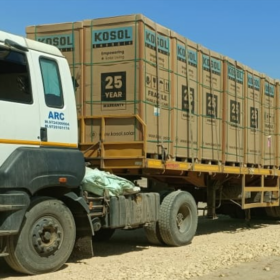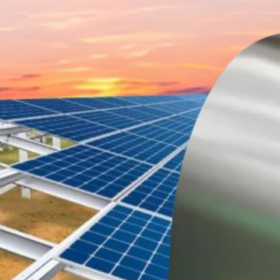The Clean Energy Access Network (CLEAN) has issued a request for proposals (RfP) to lithium-ion (li-ion) battery manufacturers to demonstrate their battery technology for use in mini grids or decentralized renewable energy applications in India.
CLEAN is looking for mini grids pilots in the range of 15-20 kW generating around 80 – 100 kWh of energy per day.
CLEAN is promoting li-ion by stating that it has encountered problems associated with valve-regulated lead acid batteries (VRLA). Lead acid batteries are proving less economical for storage, CLEAN claims, especially for renewables-based mini and micro grids in India. Lead acid batteries will have an adverse effect because of temperature increases and will, ultimately, see diminished output. This is a particularly acute problem in India where tropical conditions are normal.
CLEAN also states that lead acid solar battery users continuously need to keep track of battery voltage, water levels, overcharge functions and routine electrolyte maintenance.
The tender aims to develop pilot projects with mini grid players and solar home systems in collaboration with li-ion battery system OEMs.
Where necessary, criteria for bidders states that it should be a manufacturer of li-ion batteries based on NMC (Nickel Manganese Cobalt) chemistry. The tender is to help operators of solar power plants to achieve maximum generation and output.
According to CLEAN, “The pilot will be beneficial for the entire supply chain mainly due to enhanced electric power quality, dependability, and better grid stability. Thus, lowering renewable energy intermittency, with increased user-friendliness and accessibility of electrical energy in remote places and reduction in harmful emissions.”
The United States Agency for International Development (USAID) will support the projects financially.
The proposals are due on October 20, 2017.
Li-ion comparison with VRLA
CLEAN has demonstrated the various benefits of li-ion battery over VRLA batteries (see table), and states: “Though they are used to power the same applications, that is where the similarity between lithium-ion and lead-acid batteries ends.”
| S. No. | Parameter | Traditional VRLA | Lithium Ion |
| 1 | Charging Time | 7 – 8 Hours | ~1.5 – 2 Hours |
| 2 | Usable capacity (Depth of Discharge, DOD) | 50% | >90% |
| 3 | Life cycles | ~ 1200 | 4000 ~ 5000 |
| 4 | Efficiency (Charge/Discharge) | ~ 75% | ~ 95% |
| 5 | Space requirement in percentage | 100% | ~33% |
The association also highlighted the environmental benefits and much smaller footprint, thanks to higher energy density, of li-ion over VRLA batteries.
The only place where lithium-ion batteries lost against VRLA is the high upfront cost. However, the actual cost of ownership is far less than lead acid when considering lifespan and performance.
Li-Ion can be equipped with battery management system – health monitoring, self-protection, status indication and overcharge protection, whereas, these functions are not presently available with VRLA.
This content is protected by copyright and may not be reused. If you want to cooperate with us and would like to reuse some of our content, please contact: editors@pv-magazine.com.








By submitting this form you agree to pv magazine using your data for the purposes of publishing your comment.
Your personal data will only be disclosed or otherwise transmitted to third parties for the purposes of spam filtering or if this is necessary for technical maintenance of the website. Any other transfer to third parties will not take place unless this is justified on the basis of applicable data protection regulations or if pv magazine is legally obliged to do so.
You may revoke this consent at any time with effect for the future, in which case your personal data will be deleted immediately. Otherwise, your data will be deleted if pv magazine has processed your request or the purpose of data storage is fulfilled.
Further information on data privacy can be found in our Data Protection Policy.